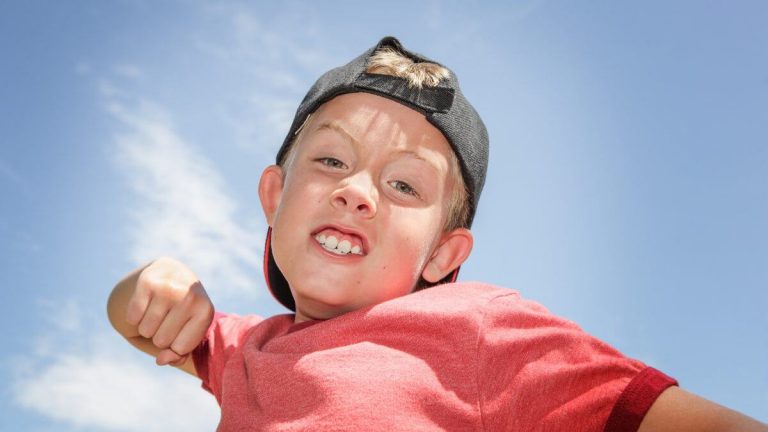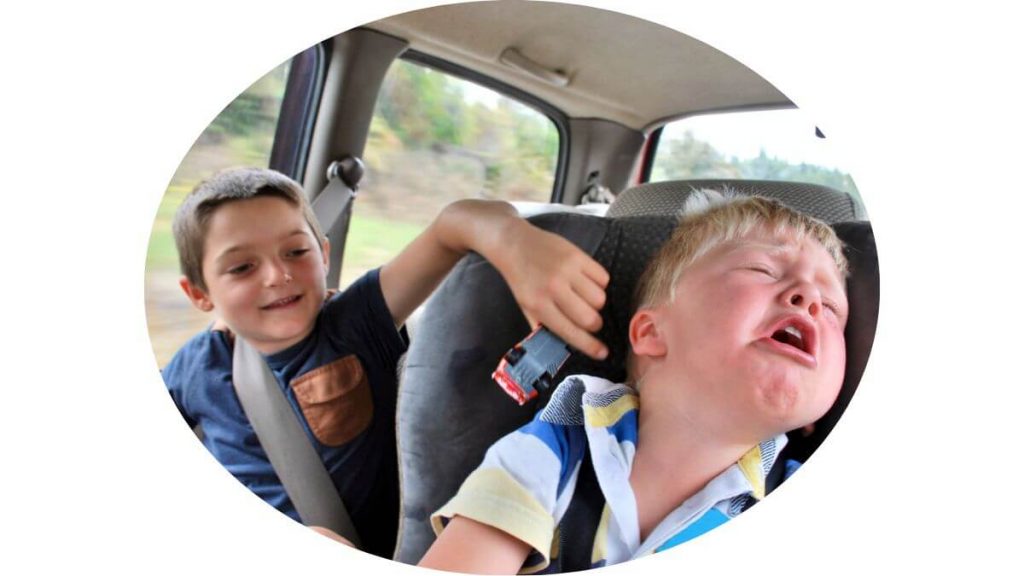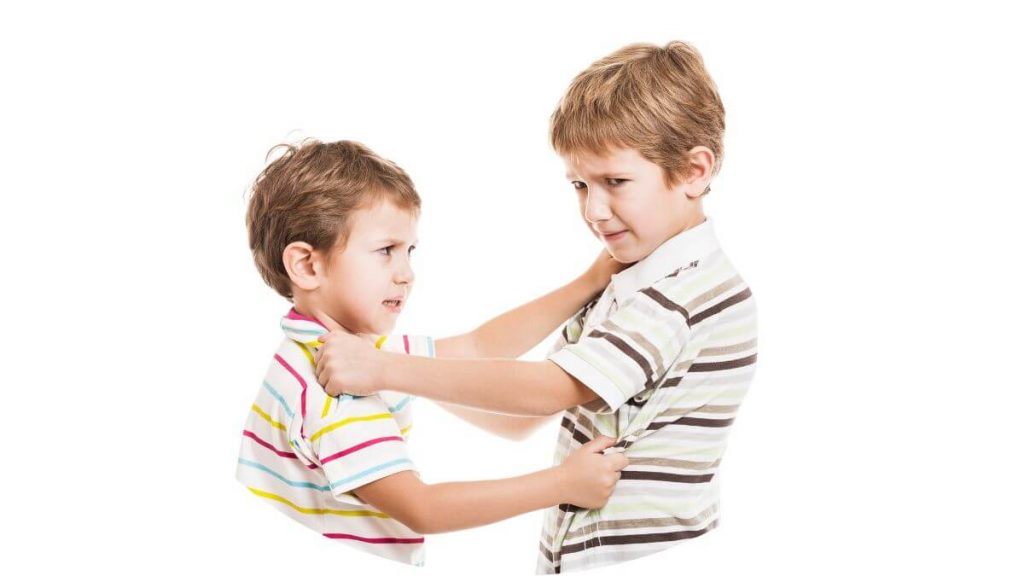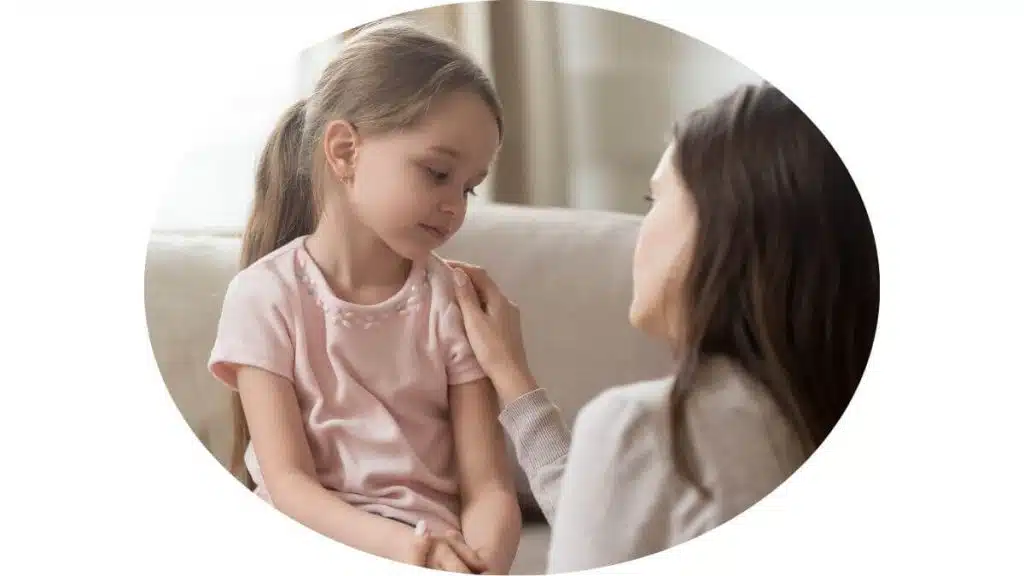Why Your Child Hurts Others and What to Do


Parenting is a beautiful yet challenging journey, and it’s not uncommon for parents to wonder, “Why does my child like to hurt others?” This concern can be deeply unsettling, but addressing it with understanding and patience is essential.
In this article, we’ll delve into the complexities of children’s aggressive behavior, exploring the reasons behind it, considering the role of age and developmental stages, analyzing environmental factors, recognizing warning signs, and discovering effective strategies to guide your child toward healthier interactions with others.
It’s normal for kids to hurt each other sometimes. Children are still learning to manage their emotions and interactions, so they might push, hit, or say hurtful things. It’s part of growing up and figuring out how to get along with others. As parents, we teach them better ways to express themselves and resolve conflicts as they develop.
The first thing to grasp is that children continually learn about themselves and the world around them. They often lack the emotional and cognitive tools to manage their feelings and interactions gracefully. As a result, some level of aggression is typical during their development. This aggression can manifest as pushing, hitting, or even name-calling as they experiment with boundaries and test social norms.
It is also possible to see hitting and laughing behavior in some children. Explore our related article to learn more about it.
Aggression in children doesn’t show that they are emotionless. It is often a manifestation of their strong, unregulated emotions. These emotions can include frustration, anger, or even fear. It’s essential to remember that beneath the aggressive behavior lies a world of feelings your child may struggle to express in healthier ways.
While “Angry Child Syndrome” is not an official medical diagnosis, it describes persistent, severe aggression in children. This aggression may stem from genetic predispositions, environmental influences, and difficulties in regulating emotions.
It’s entirely normal for children to exhibit occasional aggressive behavior. However, if you notice that your child’s aggression becomes frequent, severe, or significantly disrupts their daily life and relationships, it’s time to be concerned.
Red flags might include a consistent lack of remorse, isolation from peers, or extreme cruelty toward animals. When these signs persist, seeking professional guidance to address potential underlying issues is crucial.

One significant reason behind a child’s tendency to hurt others is a lack of emotional regulation. Children often struggle to manage their feelings effectively, and when these emotions become overwhelming, they may resort to aggressive actions as an outlet. Teaching your child healthy ways to recognize and manage their emotions is vital in reducing aggressive behavior.
For some children, the motive for aggressive behavior in children is the desire for attention or a need to assert control. In some cases, children may feel ignored or powerless and use aggressive actions to regain a sense of significance. Understanding their underlying motives can be instrumental in addressing these behaviors.
Children are highly impressionable, often mirroring what they see in their surroundings, including media and interactions with peers. It’s essential to monitor the content your child consumes and the company they keep. Sometimes, aggressive behavior may stem from exposure to violent media or negative peer influences.
Children may also display aggression due to clinical diagnoses like ADHD, Conduct Disorder, mood disorders, psychosis, autism, intellectual disability, Post-traumatic stress disorder, Tourette’s syndrome, epilepsy (especially post-seizure), and traumatic brain injury.
Although these are less common, these associations are important to consider for diagnosis and treatment.
Children face their own unique challenges, such as academic difficulties, family issues, or struggles with self-esteem. When they find it challenging to cope with these issues, they may resort to aggression as a way to release pent-up emotions and frustrations. Identifying the root cause of their struggles is crucial to providing them with the support they need.
To better understand your child’s behavior, it’s essential to consider their age and developmental stage. Younger children may not fully grasp the consequences of their actions and may rely on physical actions to express their feelings. As children grow older, they gain more control over their impulses and develop better communication skills.
Set realistic expectations based on your child’s age and stage of development. Younger children may require more guidance and support, while older children can be encouraged to take more responsibility for their actions. Adjust your parenting approach accordingly.
| Age Group | Age Range | Typical Aggressive Behavior | Age-Appropriate Expectations |
|---|---|---|---|
| Infants | 0-2 years | Occasional hitting or biting when frustrated or overstimulated. | Focus on soothing and teaching gentle touch. Infants lack impulse control. |
| Toddlers | 2-4 years | Frequent tantrums, pushing, biting, or hitting as they test boundaries. | Aggression may be reduced, but verbal conflicts with peers can arise. |
| Preschoolers | Preschoolers | More verbal aggression, name-calling, and occasional physical aggression. | Continue teaching social skills, empathy, and conflict resolution. |
| School-Age | 6-12 years | Aggression may reduce, but verbal conflicts with peers can arise. | Encourage positive peer interactions and teach problem-solving. |
| Adolescents | 12-18 years | Increased emotional regulation, but potential for verbal aggression. | Support emotional development, communication skills, and respect for others. |

The family environment plays a significant role in shaping a child’s behavior. A stable and nurturing home can go a long way in reducing aggressive tendencies. Pay attention to the dynamics within your family and strive to create a supportive and loving atmosphere.
Children spend considerable time at school, where their interactions with teachers and peers can influence their behavior. Keep open lines of communication with your child’s school to stay informed about their behavior and peer relationships.
The media your child consumes and the amount of screen time they have can also impact their behavior. Ensure that your child’s exposure to violent or aggressive content is limited, and encourage a healthy balance between screen time and other activities.
UNESCO studied 5,000 twelve-year-old students in 23 countries. They found that many kids watched over three hours of TV daily. Due to all this TV time, some children learned to solve problems by being violent. The impact of violent or aggressive content was significant. It’s crucial to monitor the content your child is exposed to.
Check out our Age-appropriate social media platforms table in our related article to explore the recommended platforms for your child.
As a parent, it’s crucial to be vigilant and watch for warning signs in your child’s behavior. These signs may include a persistent lack of remorse after hurting others, withdrawal from social interactions, or extreme animal cruelty. When these signs appear, it’s essential to take them seriously and seek professional guidance when needed.

One of the most effective ways to address aggressive behavior in children is to nurture their empathy and emotional intelligence. Teach your child to recognize and label their emotions, helping them understand that it’s okay to feel angry or frustrated but not okay to hurt others.
Open and non-judgmental communication is essential in addressing your child’s aggressive behavior. Create a safe space where your child can express their feelings and concerns without fear of punishment. Encourage them to discuss what triggers their aggression and explore alternative ways to respond.
Establish clear boundaries and age-appropriate consequences for aggressive behavior. Consistency is key; ensure that you follow through with consequences when necessary. The goal is to teach your child that there are repercussions for their actions and that they are accountable for their behavior.
If your child’s aggressive behavior persists despite your efforts, seeking professional help can make a significant difference. Early intervention can more effectively address underlying issues, such as emotional regulation or trauma. Don’t hesitate to reach out to a child psychologist, therapist, or counselor who specializes in working with children.
Understanding your child’s aggressive behavior is the first step toward helping them develop healthier ways of interacting with others. Remember that most children can learn to manage their emotions and build positive relationships with guidance and support.
Maintaining open communication with your child is vital. Create an environment where they feel safe expressing their emotions and concerns, knowing you are there to listen and support them unconditionally.
You can guide your child toward healthier behaviors and relationships with patience, empathy, and the right support. Your unwavering love and commitment to their well-being can help them grow into emotionally intelligent, compassionate individuals. Embrace the parenting journey, and remember that you are impacting your child’s life.
Resources:

Get Your Resources to Your Email Now!